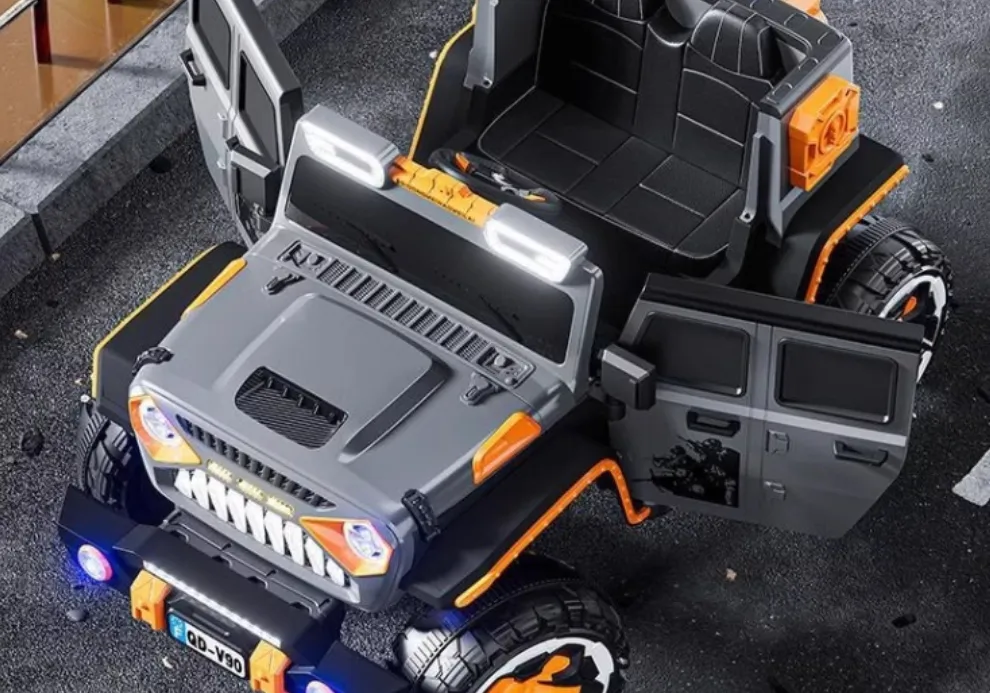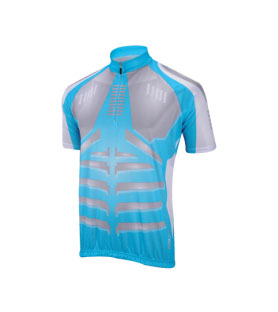
- Afrikaans
- Albanian
- Amharic
- Arabic
- Armenian
- Azerbaijani
- Basque
- Belarusian
- Bengali
- Bosnian
- Bulgarian
- Catalan
- Cebuano
- Corsican
- Croatian
- Czech
- Danish
- Dutch
- English
- Esperanto
- Estonian
- Finnish
- French
- Frisian
- Galician
- Georgian
- German
- Greek
- Gujarati
- Haitian Creole
- hausa
- hawaiian
- Hebrew
- Hindi
- Miao
- Hungarian
- Icelandic
- igbo
- Indonesian
- irish
- Italian
- Japanese
- Javanese
- Kannada
- kazakh
- Khmer
- Rwandese
- Korean
- Kurdish
- Kyrgyz
- Lao
- Latin
- Latvian
- Lithuanian
- Luxembourgish
- Macedonian
- Malgashi
- Malay
- Malayalam
- Maltese
- Maori
- Marathi
- Mongolian
- Myanmar
- Nepali
- Norwegian
- Norwegian
- Occitan
- Pashto
- Persian
- Polish
- Portuguese
- Punjabi
- Romanian
- Russian
- Samoan
- Scottish Gaelic
- Serbian
- Sesotho
- Shona
- Sindhi
- Sinhala
- Slovak
- Slovenian
- Somali
- Spanish
- Sundanese
- Swahili
- Swedish
- Tagalog
- Tajik
- Tamil
- Tatar
- Telugu
- Thai
- Turkish
- Turkmen
- Ukrainian
- Urdu
- Uighur
- Uzbek
- Vietnamese
- Welsh
- Bantu
- Yiddish
- Yoruba
- Zulu
Feb . 03, 2025 03:31 Back to list
3 wheel scooter for kids
The world of motorized scooters for kids has seen a revolution in recent years, as these gadgets have seamlessly woven themselves into urban environments, playgrounds, and neighborhoods. One parent’s journey into selecting the right motorized scooter for their child serves as a practical guide to understanding the myriad options available and the nuances of making the best choice.
Selecting a scooter that fits the child’s age is as crucial as any component. Age-specific models account for size and speed adjustments, catering specifically to the developmental stage of the child. Toddler-friendly models offer simplified controls and lower torque for safe easy-riding, while options for older children ramp up the excitement with higher speeds and advanced features. A mother recommended checking manufacturer guidelines for age and weight limits, which ensures a match for the child’s current growth stage. The intertwining notion of expertise and experience is evident in user communities where parents and riders discuss adaptations, modifications, and tweaks. For example, customizing handlebar grips for better traction or adjusting wheel alignments for smoother rides are topics frequently discussed. Such discussions are rich with tips from users who’ve gained authority through hands-on experience, providing a trove of practical, grassroots advice. Motorized scooters for kids go beyond being mere toys; they are instruments of exploration and learning. Balancing expertise with experiential sharing results in curated wisdom capable of influencing wise purchasing decisions. Trustworthiness, analogous to a trustworthy guide on a complex trail, is built through transparent, honest communication from manufacturers and retailers, who offer clear warranty terms and accessible customer support. To encapsulate, although the market for motorized scooters for kids is saturated with options, the elements of safety, durability, battery life, and age-appropriateness remain at the core of making an informed purchase. Experiences, both personal and shared, complemented by expert insights and established authority, equip buyers with the confidence to choose scooters that are not simply products, but tools for lasting childhood memories.


Selecting a scooter that fits the child’s age is as crucial as any component. Age-specific models account for size and speed adjustments, catering specifically to the developmental stage of the child. Toddler-friendly models offer simplified controls and lower torque for safe easy-riding, while options for older children ramp up the excitement with higher speeds and advanced features. A mother recommended checking manufacturer guidelines for age and weight limits, which ensures a match for the child’s current growth stage. The intertwining notion of expertise and experience is evident in user communities where parents and riders discuss adaptations, modifications, and tweaks. For example, customizing handlebar grips for better traction or adjusting wheel alignments for smoother rides are topics frequently discussed. Such discussions are rich with tips from users who’ve gained authority through hands-on experience, providing a trove of practical, grassroots advice. Motorized scooters for kids go beyond being mere toys; they are instruments of exploration and learning. Balancing expertise with experiential sharing results in curated wisdom capable of influencing wise purchasing decisions. Trustworthiness, analogous to a trustworthy guide on a complex trail, is built through transparent, honest communication from manufacturers and retailers, who offer clear warranty terms and accessible customer support. To encapsulate, although the market for motorized scooters for kids is saturated with options, the elements of safety, durability, battery life, and age-appropriateness remain at the core of making an informed purchase. Experiences, both personal and shared, complemented by expert insights and established authority, equip buyers with the confidence to choose scooters that are not simply products, but tools for lasting childhood memories.
Next:
Latest news
-
The Ultimate Kids' Four-Wheeler Experience
NewsJul.09,2025
-
The Ultimate Guide to Mountain Bikes: Gear Up for Your Ride
NewsJul.09,2025
-
The New Age of Cycling: Electric Bikes for Every Rider
NewsJul.09,2025
-
The Best Kids Bicycles: Ride in Style and Safety
NewsJul.09,2025
-
The Best 3-Wheel Scooters for Kids: Fun, Safety, and Adventure
NewsJul.09,2025
-
Revolutionize Your Ride: Affordable Electric Bikes
NewsJul.09,2025
-
Finding the Perfect Mountain Bike for Every Rider
NewsJul.09,2025



